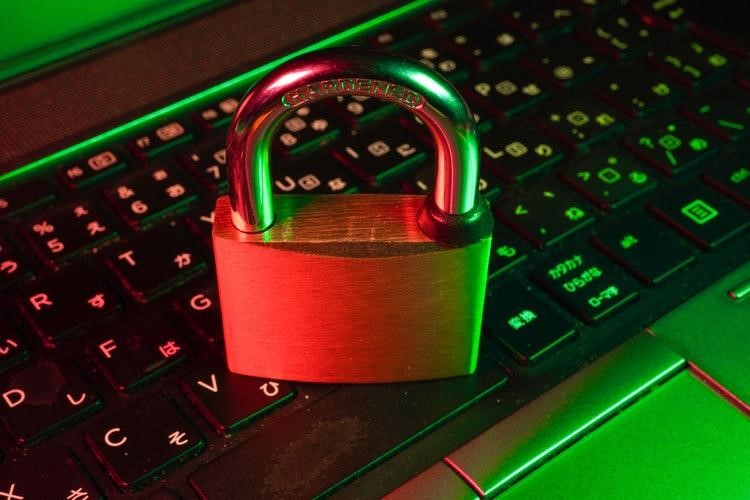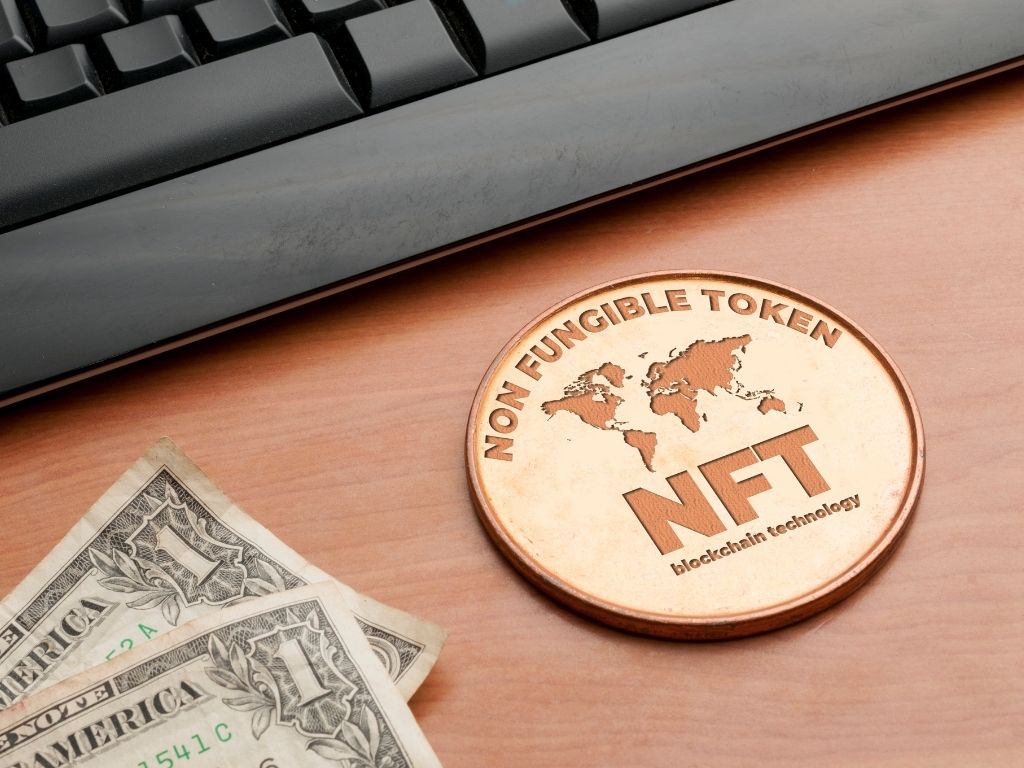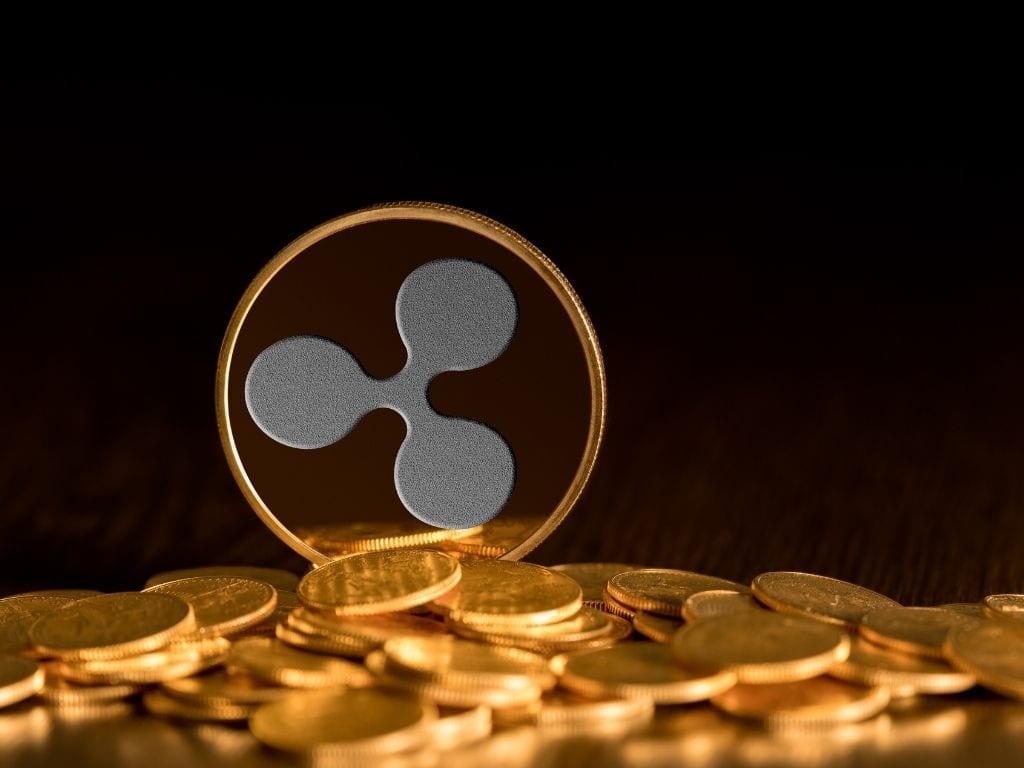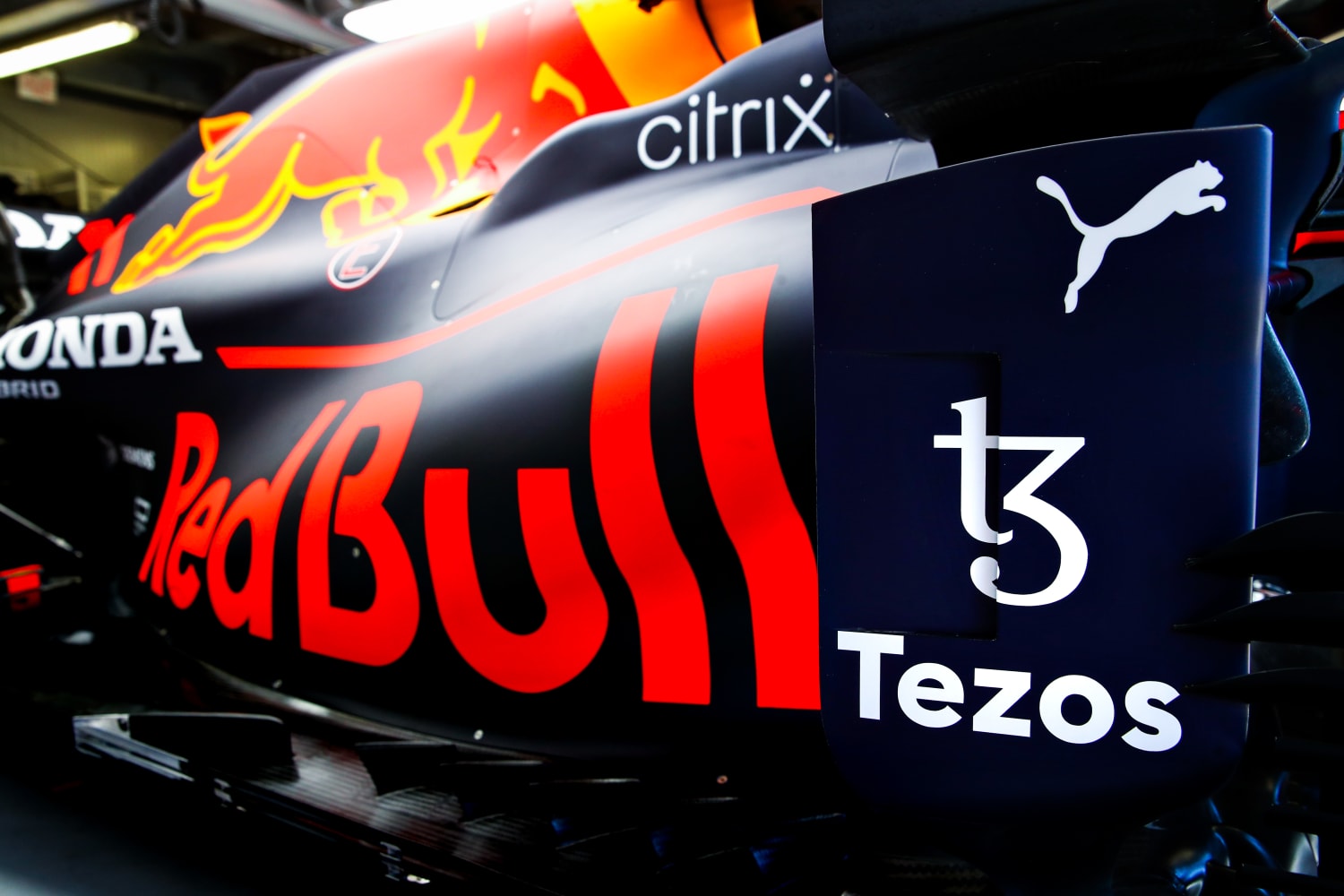An Introduction To Art Blocks NFTs And Their Types
Many worldwide investors are attracted by the rise of cryptocurrencies and non-fungible tokens. In actuality, practically all investors concur that NFTs have a significant potential for growth. Most importantly, the crypto community has been paying close attention to NFT art and collectibles. The appropriate opportunities exist for developing NFTs significantly, thanks to intriguing projects like the Art Blocks NFT collection. Increasing celebrity involvement has also contributed considerably to the excitement surrounding NFTs. Non-fungible tokens, on the other hand, are more likely to have a long-lasting effect on the art world.
Art Blocks have become a topic of discussion among NFT specialists due to their popularity in digital art and NFTs. Blockchain has aided in the creation of new and improved methods for buying and selling digital art. Additionally, well-known auction houses like Sotheby’s and Christie’s support the auction of NFT artwork. The following post thoroughly describes Art Blocks and how it benefits NFTs for generating art in the future.
Describe Art Blocks
Many people might believe that Art Blocks is a significant and exceptional artistic endeavor. On the Ethereum blockchain, the Art Blocks collection is essentially a digital platform where artists may create, market, and preserve generative art. Understanding the crucial elements that makeup Art Blocks‘ identity may be possible with the aid of its greater context. Any Art Blocks explained outline would start with a question that stresses the project’s definition.
You have the “generating art” component first. Describe generative art. Essentially, it employs an algorithm to produce one-of-a-kind, irreplicable artworks. The Ethereum blockchain, the next segment, is essential for enabling secure storage of the NFTs. The “What are NFT Art Blocks?” explanations would also emphasize how they vary from previous NFT art initiatives.
CryptoPunks is one of the best comparisons you can make to comprehend the distinctive characteristics of Art Blocks. Collectors could only focus on claiming the artwork collectibles since they had all been produced and minted for the CryptoPunks collection beforehand. Even the Ethereum blockchain did not actively contribute to CryptoPunks’ creative process.
What Makes Art Blocks Unique?
The collection’s outline would demonstrate how it emphasizes generative art, created using computer programs that an artist has built. However, Art Blocks is more than just a place to produce and market generative art. On the other hand, Art Blocks also displays the artist’s productive script. To get the script you can use to create generative art, search for Art Blocks on the OpenSea marketplace. The artwork would be delivered to you as the final product with many randomized variables to keep it unique.
The Ethereum blockchain coin has distinct qualities and a seed that affects how the artwork is created. Users who mint a piece of art on Art Blocks produce a token on the Ethereum network. The root primarily functions to distribute several factors, including geometry, color, and other traits for rarity.
Simply put, the Art Blocks collection is comparable to giving artists the freedom to produce unique, on-demand artwork. Most importantly, the Art Blocks collection’s success has demonstrated how amazing it is compared to other NFT efforts. In reality, only in August 2021 did Art Blocks projects generate more than $600 million in NFT sales. How do Art Blocks ensure that it succeeds in the generative art NFTs industry?
Also Read: Algorand and Blockstack join to adopt Clarity blockchain smart contract language
Utilizing Art Blocks
The instructions for the Art Blocks project would also highlight its work and several layers. The Playground and Factory tiers and NFTs selected by Art Blocks can be found in the project’s organizational framework. You can utilize the fundamentals of NFTs as a starting point to comprehend how Art Blocks operate. The Ethereum blockchain has been used to generate Art Blocks, and each NFT in the collection has its unique traits and algorithm for creating the artwork. Remember that the Art Blocks collection’s artwork complies with the ERC-721 token standard.
More specifically, artists create a piece of code uploaded to the Art Blocks platform. The project would then produce any combinations of the variables. Another significant aspect is the Art Blocks project’s use of the p5.js JavaScript framework, which supports creative coding. After contributing code to the Art Blocks project, the stages of the detailed working of Art Blocks would then begin. The steps that should be taken after artists submit their code on Art Blocks are outlined here.
The seed or randomly generated hexadecimal string is produced.
Every component of the seed would offer a specification for a characteristic of the relevant artwork in pertinent parameters for the look of the painting. For instance, an algorithm would never introduce random components into a piece of art unless the artist specifically requested it.
You can find your final result at the stage, along with many versions produced by the algorithm. The NFT artwork may be a 3D model, an interactive experience, or a static photograph.
The fact that Art Blocks are offered on the OpenSea marketplace is a blatant sign of algorithmic or generative art’s expanding appeal. The generated artwork on Art Blocks differs from one piece to the next due to random elements in the programming. Typically, artists would upload the algorithms to Art Blocks and then specify the maximum number of editions that may be produced. Collectors, however, have a choice in the techniques used to create the artwork. The newly created artwork is delivered to collectors’ wallets as an ERC-721 NFT.
Background of Art Blocks
The project’s history might also be clarified by the summary of “What are NFT Art Blocks?” Numerous well-known NFT projects, like CryptoPunks and Bored Ape Yacht Club NFTs, use the generative art technique to produce NFTs for their collections. However, the NFT profile photo projects limit the groups they can use.
The Art Blocks initiative debuted in November 2020, with CryptoPunks as its source of inspiration. Erick Calderon, commonly known as Snowfro, the project’s creator, drew on his background in CryptoPunks to create Art Blocks. However, Art Blocks differs from these well-liked initiatives in several ways.
Calderon uses his expertise in smart contracts and technical skills to manipulate the minting process, just like CryptoPunks did. He employed a method for creating CryptoPunks collectibles with unique characteristics. The concept encouraged Calderon to consider developing an NFT project in which end users would be unaware of the NFT they purchase. The NFT qualities were encoded in code by the project’s creator, who also unveiled the initial collection.
Calderon released the Chromie Squiggle line of Art Block NFTs, focusing on fusing generative output with provenance. The NFT pieces were essentially multicolored squiggles with various textures and opacities. The 10,000 pieces in the Chromie Squiggle NFT collection were all essentially the same, displaying a clever combination of simplicity and individuality.
In March 2021, the project attracted increased attention, mainly due to Tyler Hobbs’ Fidenza collection’s debut on the Art Blocks platform. Over 9000 merchants and collectors contributed to the Art Blocks project’s $100 million in sales. So far, all of the Chromie Squiggle collection’s items have been recognized for their historical value during the early development of NFTs. On OpenSea, Art Blocks sell for an average floor price of about 6 ETH, and the highest expensive Squiggle sale brought in almost 750 ETH.
Various Art Block NFT Types
The Art Blocks project’s three separate strata are a testament to its meticulous planning. You may read up on each tier’s role in the Art Blocks project. Here is a quick breakdown of the various Art Block collection offers.
Selected NFTs
The curated platform for Art Blocks will be mentioned in the inaugural NFT. The artists chosen for the top tier of Art Blocks for generative art NFTs can produce NFT drops. The official Art Blocks collection might include top-tier artists’ scheduled NFT releases.
Minting costs for many Art Blocks projects at the “curated” tier were relatively low. However, most of them have increased in value by a factor of thousands. Any effort at this level is appealing to the generative art NFT community.
Chromie Squiggle, the first curated NFT drop on the Art Blocks platform, exemplifies how the top tier of the project provides the foundation. For attributes like the pace of gradient change and the number of segments in each piece of art, the Chromie Squiggle collection used coined token seeds.
Another significant feature of the curated NFT layer is the Fidenza collection, which was recently introduced in the Art Blocks NFT project. It is a flexible algorithm that stresses creating wavy, colorful, and arbitrary patterns. The Cherniak Ringers series is a well-known example of curated NFTs on the Art Blocks project. The Ringers employ various techniques for tying a string around a particular set of pegs.
Designer Playground
The Artist Playground is the second important feature of Art Blocks’ architecture. Artists could create their series in Artist Playground in addition to making NFT drops for the curated NFT collection. The artwork in Artist Playground is not a part of the official Art Blocks collection, though. Instead, the Artist Playground offers an excellent venue to test their innovative ideas.
The independence for artists in Artist Playground gives it an edge over the curated tier of Art Blocks. Many intriguing concepts have their roots in The Playground, like the 362 NFT Alien Clock series. “Beatboxes,” another noteworthy Playground project, also highlights the possibilities of generative art NFTs. The Art Blocks NFTs might use the Ethereum blockchain to build various VR spaces with audio-visual components.
Factory of Art Blocks
The Art Blocks Factory component is the project’s last tier. Any artist who does not want to wait to be approved into the curated tier has this option. On the other hand, artists can use a less sophisticated method and launch their code in the factory tier.
The Factory NFT drops are essential in bringing a sense of spontaneity and playfulness to generative art, broadening its potential. The factory’s primary focus is on striking a balance between running amok on the playground and obsessing over the specifics of the manicured tier. You can indulge your wants while taking a responsible stance in the Factor tier.
Hideo’s Dino Pals series is a prime illustration of a Factory NFT drop. There are only 100 NFTs that show rudimentary pictures of extinct dinosaurs with distinctive characteristics. It’s interesting to note that Dino Pals sold over $16 million worth of merchandise in one day in August 2021. Another instance of fake internet money demonstrates how art block NFTs may eventually dominate the NFT market.
How Do I Get NFTs for Art Blocks?
The detailed explanations of Art Blocks’ fundamentals would shed light on the best ways to acquire one. Surprisingly, the Art Blocks project allows you to count on NFT drops. The NFT drops on Art Blocks, however, can be fiercely competitive. Therefore, if you mint your own Art Blocks NFTs, your options may be limited. Connect to Art Blocks using a crypto wallet to explore open projects with a decent amount of mints left in the series. The one-of-a-kind work of generative art can be found in your associated crypto wallet as soon as you buy the mints.
You may view the carefully chosen works of art from Art Blocks on the OpenSea marketplace and options for filtering the results. Alternatively, you may always purchase Art Blocks on OpenSea and other supplemental markets. Most importantly, you can employ additional verification conditions to help ease any worries about scammers.
Last Words
As an illustration of how non-fungible tokens might transform art, consider the collection of NFTs on Art Blocks. Additionally, the answers to the question “What are NFT Art Blocks?” reveal that NFT art is not solely about the original artwork. Generative scripts, which customers may access after buying the NFTs, are used in Art Blocks. The buyer would immediately receive an NFT drop on the Ethereum blockchain to their wallet when the scripts were run.
At the same time, beginners should be aware of the features added by various Art Blocks platform tiers. The Artist Playground, for instance, might serve as the inspiration for creating new NFT projects and collections. Find out more information on generative art and Art Blocks.
Stay informed with daily updates from Blockchain Magazine on Google News. Click here to follow us and mark as favorite: [Blockchain Magazine on Google News].
Get Blockchain Insights In Inbox
Stay ahead of the curve with expert analysis and market updates.
latest from tech
Disclaimer: Any post shared by a third-party agency are sponsored and Blockchain Magazine has no views on any such posts. The views and opinions expressed in this post are those of the clients and do not necessarily reflect the official policy or position of Blockchain Magazine. The information provided in this post is for informational purposes only and should not be considered as financial, investment, or professional advice. Blockchain Magazine does not endorse or promote any specific products, services, or companies mentioned in this posts. Readers are encouraged to conduct their own research and consult with a qualified professional before making any financial decisions. The featured image used is just a creative depiction of the title and it does not intend to hurt sentiments of any person or institution. If it hurts anyone sentiments, please do not hesitate to reach out to Blockchain Magazine.

 Bitcoin
Bitcoin  Ethereum
Ethereum  XRP
XRP  Tether
Tether  Solana
Solana  USDC
USDC  Dogecoin
Dogecoin  Cardano
Cardano  Lido Staked Ether
Lido Staked Ether  TRON
TRON  Wrapped Bitcoin
Wrapped Bitcoin  Chainlink
Chainlink  Wrapped stETH
Wrapped stETH  Avalanche
Avalanche  Sui
Sui  Stellar
Stellar  Litecoin
Litecoin  Hedera
Hedera  LEO Token
LEO Token  Shiba Inu
Shiba Inu  Toncoin
Toncoin  Hyperliquid
Hyperliquid  USDS
USDS  Polkadot
Polkadot  WETH
WETH  MANTRA
MANTRA  Bitcoin Cash
Bitcoin Cash  Ethena USDe
Ethena USDe  Bitget Token
Bitget Token  Wrapped eETH
Wrapped eETH  Uniswap
Uniswap  Monero
Monero  NEAR Protocol
NEAR Protocol  WhiteBIT Coin
WhiteBIT Coin  Pepe
Pepe  Bittensor
Bittensor  Aave
Aave  Ondo
Ondo  Aptos
Aptos  Internet Computer
Internet Computer  Dai
Dai  Official Trump
Official Trump  Ethereum Classic
Ethereum Classic  Mantle
Mantle  Gate
Gate  Tokenize Xchange
Tokenize Xchange  OKB
OKB  sUSDS
sUSDS  Sonic (prev. FTM)
Sonic (prev. FTM) 




